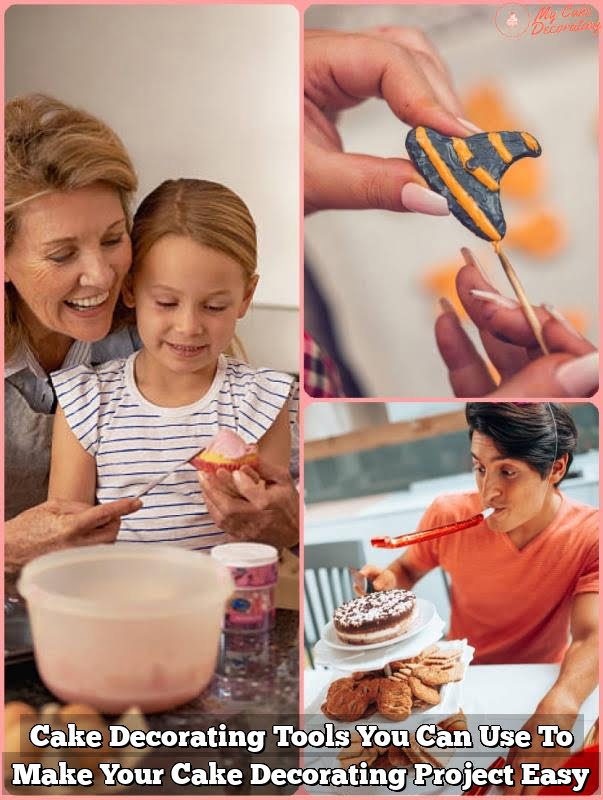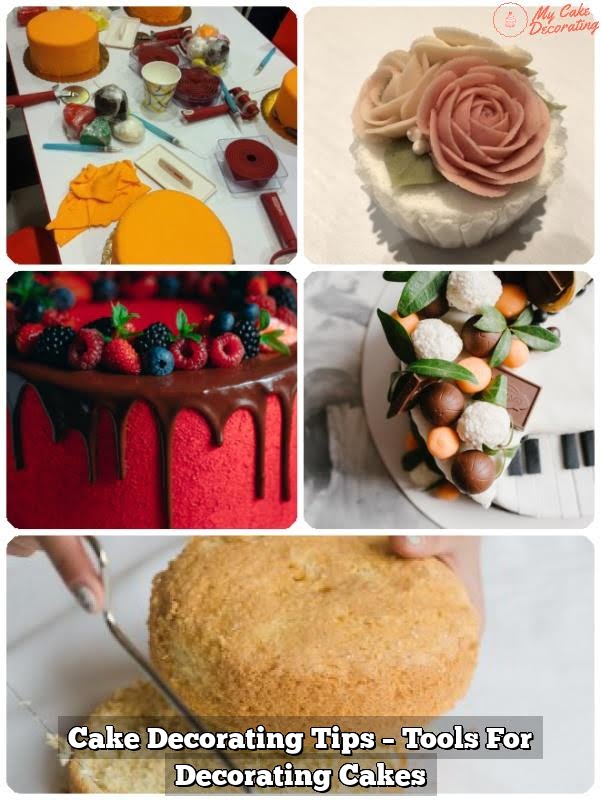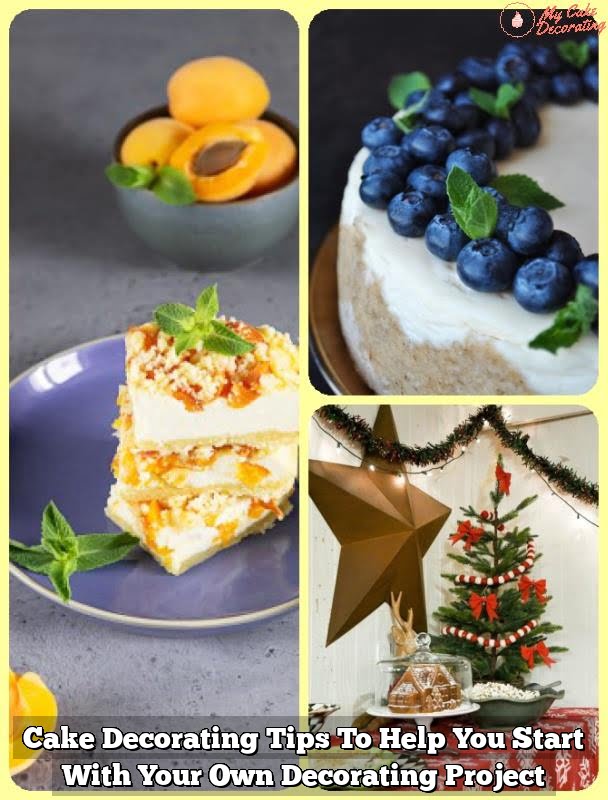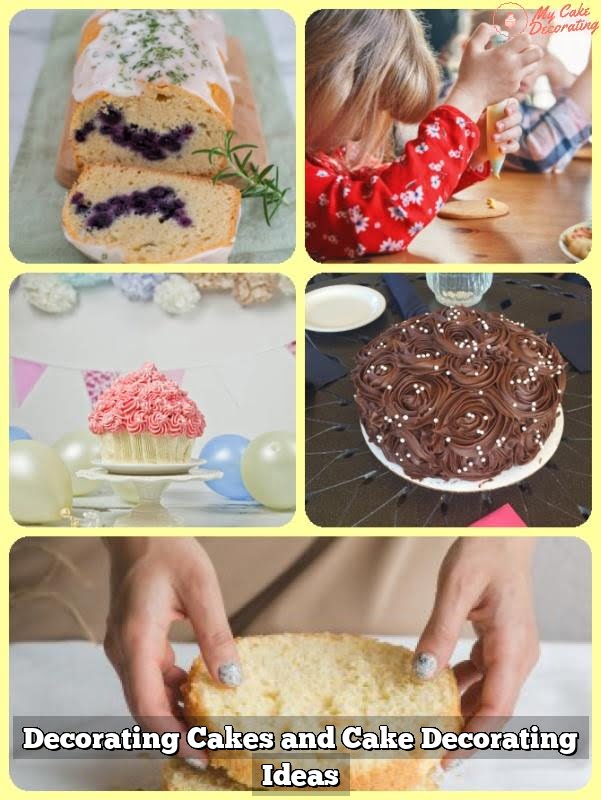Glycerin is a versatile ingredient in the realm of cake decorating, offering a wide range of benefits that can elevate your creations to the next level. When it comes to enhancing the appearance and texture of cakes, glycerin plays a crucial role in achieving professional-looking results. So, what do you use glycerin for in cake decorating? Let’s delve into its various uses and how it can take your confectionery skills to new heights.
In the world of fondant, glycerin serves as an essential component that aids in creating pliable and malleable dough for covering cakes with a smooth finish. Its moisture-retaining properties prevent fondant from drying out too quickly, allowing decorators more time to work with intricate designs and details. Additionally, glycerin helps fondant maintain elasticity, ensuring a flawless surface without cracks or tears.
Moreover, glycerin contributes significantly to achieving a smooth and shiny finish on cakes when used as part of royal icing or edible glue for decorations. By incorporating glycerin into these mixtures, decorators can achieve a glossy sheen that enhances the overall presentation of their cakes. The humectant properties of glycerin also help retain moisture within frosting and decorations, preventing them from becoming dry or brittle over time. Making it an indispensable ingredient in any cake decorator’s toolkit.
The Role of Glycerin in Fondant
Giving Fondant Elasticity and Pliability
Glycerin is used in fondant recipes to provide elasticity and pliability to the dough, making it easier to roll out and cover cakes without cracking. This allows for a more seamless application of fondant onto cakes, creating a flawless appearance.
Preventing Fondant From Drying Out
Another important function of glycerin in fondant is its ability to prevent the sugar in the mixture from crystallizing, which helps keep the fondant soft and malleable for an extended period. This ensures that the fondant remains workable while you shape it into intricate designs or decorations for your cakes.
Enhancing Flavor and Texture
Additionally, glycerin can also improve the flavor and texture of fondant by adding a subtle sweetness and moistness to the final product. This makes the fondant more enjoyable to eat along with the cake itself, providing a pleasant balance of flavors. So, next time you wonder what do you use glycerin for in cake decorating, remember its significant role in creating smooth, pliable, and flavorful fondant for your cakes.
How Glycerin Helps in Achieving a Smooth and Shiny Finish on Cakes
Glycerin is a versatile ingredient in cake decorating that plays a crucial role in achieving a smooth and shiny finish on cakes. Whether you are working with fondant, royal icing, or buttercream frosting, glycerin can make all the difference in the final look and texture of your confectionary creations. Here are some ways to utilize glycerin for that flawless presentation:
- When working with fondant, adding a small amount of glycerin to your mixture can help make it more pliable and easier to work with. This results in a smoother finish when covering cakes or creating intricate decorations.
- Glycerin can also be used to create a shiny finish on cakes by brushing it lightly over the surface once the icing has set. This simple technique adds a professional touch to your baked goods and enhances their visual appeal.
- For those looking to achieve a glossy effect on their cake decorations, mixing edible luster dust with glycerin can create a beautiful sheen that catches the light and makes your designs stand out.
In addition to its cosmetic benefits, glycerin also plays a practical role in cake decorating by helping to maintain moisture levels in baked goods. By acting as a humectant, glycerin attracts and retains moisture, keeping your cakes from drying out too quickly. This not only improves the texture of the cake but also prolongs its shelf life. In essence, glycerin not only enhances the appearance of your creations but also ensures they taste as fresh as they look.
Ultimately, whether you are a beginner or experienced baker, understanding how to properly use glycerin in cake decorating can elevate your confectionary skills to new heights. Experimenting with different techniques and recipes that incorporate this versatile ingredient will not only enhance the appearance and taste of your cakes but also unleash your creativity in creating visually stunning desserts that leave a lasting impression on any occasion.
So next time you’re wondering what do you use glycerin for in cake decorating – remember its multiple benefits for achieving smoothness, shine, and moisture retention in your culinary masterpieces.
Using Glycerin to Make Edible Glue for Cake Decorations
Glycerin is a versatile ingredient in cake decorating, and one of its popular uses is in making edible glue for attaching decorations to cakes. Edible glue made with glycerin provides a strong and secure bond between fondant pieces, gum paste flowers, or other edible decorations without affecting the taste of the final product. To make edible glue with glycerin, simply mix a small amount of glycerin with water and tylose powder to create a sticky adhesive that dries clear.
One of the key advantages of using glycerin-based edible glue is its flexibility and long-lasting hold. Unlike some other types of adhesives that can dry out and become brittle over time, glycerin-based glue remains pliable, allowing for adjustments to be made even after the decorations have been attached to the cake. This flexibility is especially beneficial when working with delicate or intricate designs that may need to be repositioned during the decorating process.
Furthermore, glycerin-based edible glue is easy to work with and can be applied using a small brush or even a toothpick for precise application. The addition of glycerin helps to prevent the glue from drying out too quickly, giving decorators ample time to position their decorations accurately before the adhesive sets.
Whether you are a beginner or experienced cake decorator, having a batch of homemade glycerin-based edible glue on hand can make the decorating process smoother and more enjoyable.
| Benefits of Glycerin-Based Edible Glue | Advantages |
|---|---|
| Strong and secure bond | Long-lasting hold |
| Flexibility for adjustments | Precise application |
| Prevents drying out too quickly | Smoother decorating process |
Glycerin in Royal Icing
Royal icing is a popular choice for decorating cakes, cookies, and other baked goods due to its smooth finish and ability to hold intricate designs. Glycerin plays a crucial role in royal icing recipes, as it helps improve the consistency of the icing, making it easier to work with.
When added to royal icing, glycerin acts as a humectant, retaining moisture and preventing the icing from becoming too dry and brittle. This results in a pliable icing that can be piped or spread onto cakes with ease.
Here are some benefits of using glycerin in royal icing:
– Improved Texture: Glycerin helps create a smooth texture in royal icing, making it perfect for intricate piping work or creating delicate decorations.
– Enhanced Shine: By incorporating glycerin into your royal icing recipe, you can achieve a glossy finish on your cakes and cookies, adding an extra touch of elegance to your baked creations.
– Extended Shelf Life: The presence of glycerin in royal icing helps prolong its shelf life by retaining moisture, preventing the icing from drying out quickly.
Tips for achieving the right consistency when using glycerin in royal icing:
1. Use in Small Amounts: Start by adding a small amount of glycerin to your royal icing recipe and adjust according to the desired consistency. Too much glycerin can make the icing too soft.
2. Mix Thoroughly: Make sure to mix the glycerin evenly into the royal icing mixture to ensure that it is well incorporated.
3. Allow Time to Rest: Let the royal icing rest after adding glycerin to allow it to fully hydrate and reach the desired texture before using it for decorating.
By understanding how glycerin works in royal icing and following these tips for consistency, you can elevate your cake decorating skills and create stunning edible masterpieces that are not only visually appealing but also delicious.
Tips for Properly Incorporating Glycerin Into Buttercream Frosting
Glycerin is a versatile ingredient in cake decorating that serves various purposes, including its use in buttercream frosting. When incorporated correctly, glycerin can enhance the texture and consistency of buttercream while also providing a smooth finish to your cakes. Here are some tips for properly incorporating glycerin into buttercream frosting:
Gradually Add Glycerin
One of the key tips for incorporating glycerin into buttercream frosting is to add it gradually. Start by adding small amounts of glycerin at a time and mix it well into the frosting before adding more. This will ensure that the glycerin is evenly distributed throughout the frosting and prevent any clumping or separation.
Adjust Consistency
Depending on the desired outcome, you may need to adjust the consistency of your buttercream when using glycerin. Glycerin tends to make frostings softer, so you may need to add more powdered sugar to achieve the right consistency for piping or spreading. Keep in mind that too much glycerin can make the frosting too soft, so it’s essential to find the right balance.
Enhance Flavor With Glycerin
Incorporating glycerin into your buttercream frosting not only helps improve texture and consistency but also enhances flavor. Glycerin has a slightly sweet taste that can complement various cake flavors, making your buttercream even more delicious. Experiment with different amounts of glycerin to find the perfect balance of sweetness for your frosting.
By following these tips for properly incorporating glycerin into buttercream frosting, you can take your cake decorating skills to the next level and create beautifully finished cakes that not only look good but taste great as well. Don’t be afraid to experiment with different amounts of glycerin to find what works best for your recipes and enjoy the benefits it brings to your creations.
Glycerin as a Humectant in Cake Decorating
Glycerin is a versatile ingredient in cake decorating, not only does it play a crucial role in achieving a smooth and shiny finish on cakes, but it also serves as a humectant to keep cakes moist. As a humectant, glycerin attracts moisture from the air and retains it in the cake, preventing the baked goods from drying out quickly. This quality is especially beneficial for cakes that need to be stored for longer periods or transported over distances.
Incorporating glycerin into your cake recipes can significantly improve their texture and shelf life. By adding glycerin to the batter or frosting, you can ensure that your cakes remain soft, moist, and delicious for an extended period.
Its humectant properties make it an essential ingredient for bakers who want to maintain the freshness of their creations beyond the day they are baked. Additionally, when used in conjunction with other moisture-retaining ingredients like oil or yogurt, glycerin can further enhance the overall quality of the cake.
One of the key benefits of using glycerin as a humectant in cake decorating is its ability to prevent crystallization in frostings and icings. This ensures that your cakes stay free from unwanted sugar crystals and maintain a smooth texture throughout their storage life. Whether you are making buttercream frosting or fondant decorations, incorporating glycerin will help you achieve a professional-looking finish while keeping your cakes irresistibly moist.
So next time you wonder what do you use glycerin for in cake decorating? Remember its role as a humectant and how it contributes to maintaining the moisture content of your baked goods.
| Glycerin Benefits | Effect |
|---|---|
| Keeps cakes moist | Prevents drying out |
| Prevents crystallization in frostings | Maintains smooth texture |
Potential Substitutes for Glycerin in Cake Decorating and Their Effects
In conclusion, glycerin plays a crucial role in cake decorating, offering a wide range of benefits that contribute to achieving professional-looking results. From enhancing the texture and consistency of fondant to providing a smooth and shiny finish on cakes, glycerin is a versatile ingredient that can take your cake decorations to the next level.
One of the key uses of glycerin in cake decorating is its ability to act as an essential component in making edible glue for attaching intricate decorations securely.
Moreover, glycerin also proves to be handy in royal icing, where it not only helps improve the consistency but also provides valuable tips on achieving the desired texture for intricate designs. Properly incorporating glycerin into buttercream frosting is another essential aspect to consider, as it can lead to smoother textures and better workability when decorating cakes. Additionally, glycerin serves as a humectant in cake decorating, aiding in keeping cakes moist and fresh for longer periods.
While glycerin offers various advantages in cake decorating, it is important to note that there are potential substitutes available for those looking for alternatives. However, it’s crucial to understand the effects that these substitutes may have on the overall outcome of your cake decorations.
Experimenting with different options while keeping in mind the specific properties and characteristics of glycerin will help you achieve the desired results in your cake decorating endeavors. Ultimately, understanding what do you use glycerin for in cake decorating can greatly enhance your skills and creativity when working with different types of frostings and icings.
Frequently Asked Questions
What Is the Effect of Glycerin in Cake?
Glycerin plays a crucial role in cakes by helping to retain moisture, resulting in a softer and more tender crumb. It also contributes to extending the shelf life of baked goods by preventing them from drying out too quickly.
Does Glycerine Make Icing Soft?
Glycerine is commonly used in icing recipes to add moisture and prevent it from becoming too hard or brittle. By incorporating glycerin into the icing mixture, it helps maintain a smoother and softer consistency, making it easier to work with and giving the finished product a more professional appearance.
How Do You Use Wilton Glycerin?
Wilton Glycerin is typically used in baking and cake decorating to improve the texture and consistency of various sweet treats. It can be added to royal icing recipes to create a glossy finish, prevent sugar crystallization, and make the icing easier to pipe or spread on cakes and cookies.
Additionally, Wilton Glycerin can be mixed with food coloring gels to achieve vibrant shades for decorating purposes.

Welcome to my blog about home and family. This blog is a place where I will share my thoughts, ideas, and experiences related to these important topics. I am a stay-at-home mom with two young children. I hope you enjoy reading it! and may find some helpful tips and ideas that will make your home and family life even better!





